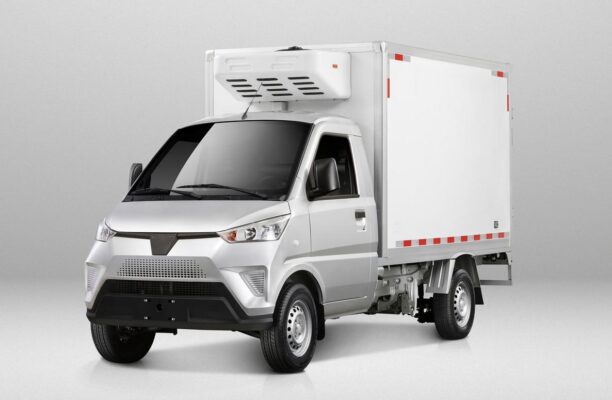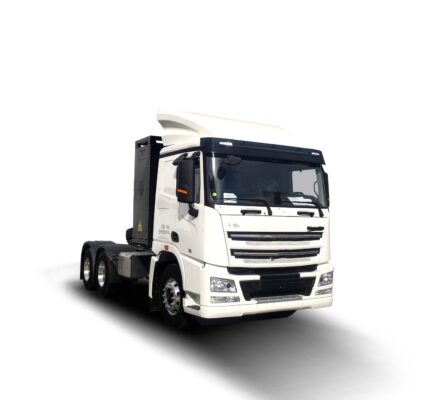近年では, self – driving tours have become an increasingly popular way for people to travel and explore. しかし, when it comes to choosing a vehicle for this type of adventure, 電気自動車s are not as commonly selected as one might expect. There are several significant factors that contribute to this phenomenon.

The cruising range of 電気自動車s is a major stumbling block when considering them for self – driving tours. 電気自動車s typically have a relatively short cruising range compared to their fuel – powered counterparts. For long – distance self – driving tours, which often involve covering hundreds or even thousands of kilometers, this limited range becomes a crucial issue. A typical 電気自動車 might be able to travel a few hundred kilometers on a single charge. This means that during a long – distance journey, the vehicle will need to be charged frequently.

The need for frequent charging not only eats into the valuable time that could be spent exploring destinations but also introduces a great deal of uncertainty. 例えば, if a traveler is on a tight schedule, having to stop every few hours for a recharge can disrupt the entire itinerary. さらに, the distribution of charging piles is far from ideal. 都市部では, the situation is gradually improving, but when venturing into more remote regions, such as the countryside, mountainous areas, or some less – developed regions, finding a charging facility can be a real challenge. There are still large areas where the charging infrastructure is sparse or non – existent. This lack of charging facilities means that self – driving tour enthusiasts may find themselves in a difficult situation, with their vehicle running out of power and no convenient way to recharge.
The charging time of 電気自動車s is another significant drawback. It generally takes several hours or even longer to fully charge an 電気自動車. This is in stark contrast to the relatively quick refueling process of fuel – 動力付き車両, which can be completed in a matter of minutes. Long charging times severely limit the flexibility of self – driving tours. Imagine being on a beautiful scenic route, but having to wait for hours at a charging station instead of continuing the journey and enjoying the scenery. This lack of flexibility can be a major deterrent for those who value the spontaneity and freedom that self – driving tours are supposed to offer.

The charging facilities for 電気自動車s are still in a state of development and far from perfect. While the number of charging piles is increasing, their coverage remains insufficient. In remote areas, the situation is particularly concerning. Some scenic spots, which are popular destinations for self – driving tours, may not have adequate charging infrastructure. Mountainous areas, with their challenging terrains and often – isolated locations, also lack sufficient charging facilities. When planning a self – driving tour using an 電気自動車, one has to meticulously plan the route based on the availability of charging stations. This requires a great deal of research and pre – planning, which can be quite cumbersome and may not always guarantee a seamless journey. There is always the risk of miscalculation or unforeseen circumstances, such as a charging station being out of order, leaving the traveler stranded without a power source.
The charging cost of 電気自動車s is also a factor that cannot be ignored. Although 電気自動車s are often touted for their energy – efficient driving, the cost of using charging facilities can be relatively high. When compared to fuel – 動力付き車両, the cost – effectiveness of 電気自動車s for long – distance self – driving tours is not as clear – cut. For short – distance urban commutes, the lower energy consumption of 電気自動車s may result in cost savings. しかし, during long – distance self – driving tours, as the number of charges increases, the overall charging cost can add up significantly. This higher cost can make 電気自動車s a less appealing option for budget – conscious self – driving tour enthusiasts.

The performance of 電気自動車s in certain types of terrains and road conditions also leaves much to be desired. Mountainous areas or complex road conditions pose particular challenges for 電気自動車s. The relatively large weight of the battery in electric vehicles can have a negative impact on their adaptability to undulating roads. When driving on long uphill sections, 電気自動車s consume more electrical energy compared to fuel – powered vehicles on an uphill climb. This is because the electric motor has to work harder to overcome the gravitational force, draining the battery at a faster rate. 加えて, in terms of overall power performance, fuel – powered vehicles generally have an edge. They are often better equipped to handle sudden accelerations, high – speed driving on winding roads, and towing trailers or other heavy loads, all of which may be encountered during a self – driving tour.
結論は, the main reasons why 電気自動車s are not commonly used for self – driving tours are the limited cruising range, imperfect charging facilities, high charging cost, and insufficient performance under complex road conditions. While 電気自動車s have made significant strides in recent years and offer many advantages in terms of environmental protection, there is still a long way to go before they can fully meet the demands of self – driving tours. To make 電気自動車s a more viable option for self – driving tours, their cruising ability needs to be enhanced, and the charging facilities need to be further developed and made more widely available. Only then can 電気自動車s truly compete with fuel – powered vehicles in the realm of self – driving tours.
